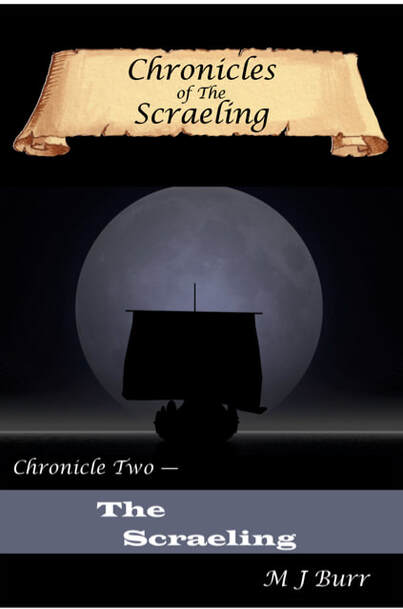
by MJ Burr
Was King Harold killed by an arrow through his eye? What was Hereward the Outlaw really like and what did he hope to achieve by resisting Norman rule? What was it about Norman war technology and administrative policies that made them so successful as invaders despite their relatively small numbers?
Possible answers to these and many other questions are incorporated into this fast-moving novel centred on the more brutish and warlike aspects of life in England in the eleventh century.
The action in this particular book, the second in what is to be a three part series, takes place mainly in the five or so years following on from the Norman Conquest. It is a turbulent and fascinating period in the history of western Europe, a time when war lords and their sworn fighting men battled for riches and power, and the idea of nationhood was still in its infancy.
The Scraeling of the title (the term means, literally, ‘foreigner’ or ‘outsider’) is a Breton and therefore probably of Celtic origin, while the major protagonists in the struggles and battles depicted are mainly Scandinavians, Normans – (i.e. descendants of Scandinavians who were settled in northern France in the first part of the tenth century) and Anglo-Saxons. Many of them are actual historical figures – for example, Harold Godwinson, Morcar of Nothumberland, Magnus II of Norway, Svein (Sweyn) II of Denmark, William I himself – though these are, of course, fleshed out in a purely imaginary fashion.
Much of the plot is carried forward in dialogue, though there are also pages of exposition, notably in the ‘chronicle’ of the Scraeling which runs throughout and helps the reader keep up with people and events. There is action aplenty, and the dialogue as given is earthy and vivid. It is a book dominated by men – as one would expect, considering the dominant subject matter..
Some account is given of the Battle of Hastings (‘Senlac’, to the Anglo-Saxons) and to its immediate aftermath, but more space is given to the attempts to settle once and for all with Hereward and others from further north who joined him in carrying on resistance to Norman rule from his base in the Fens. The plot here becomes quite complex, with much intrigue and treachery. Relationships based on kinship are eventually revealed, showing, very properly, how significant such connections were in the mediaeval world.
There are a couple of style idiosyncrasies, one in punctuation, the other in paragraphing, that take a little getting used to, but there is also much colourful description and attention to detail. By and large, this is a rollicking good read, especially for those who like their historical fiction raw and action-filled.
Author: MJ Burr
Publisher: Cliowrite Ltd
ISBN: 9780473450557
RRP: print $25; Kindle $3.99
Available: Print from Poppies Bookshop, Ariki Street New Plymouth, or from Cliowrite 36 Wairau Road, Oakura, New Plymouth. ebook (Mobi) from Amazon.

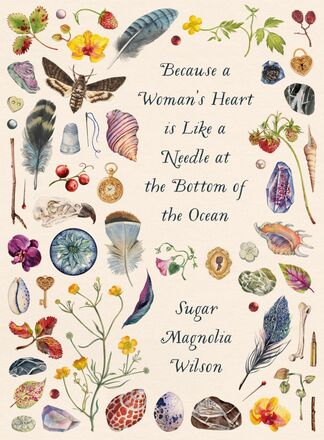
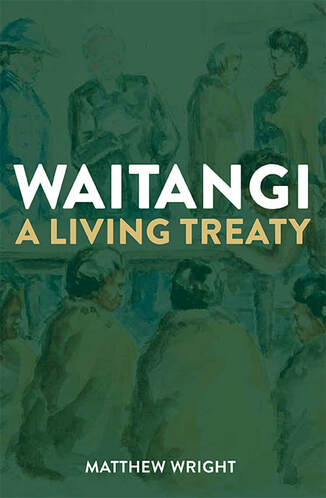
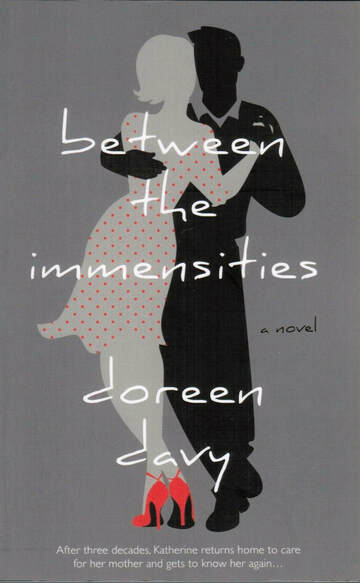
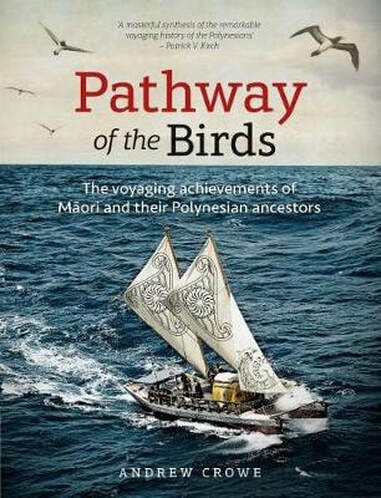
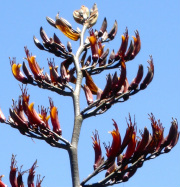
 RSS Feed
RSS Feed
